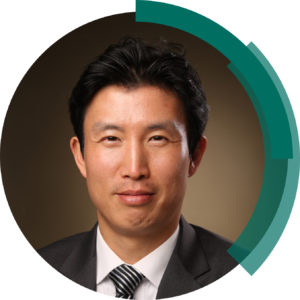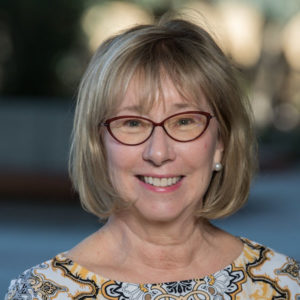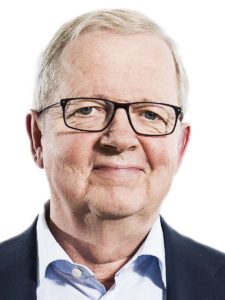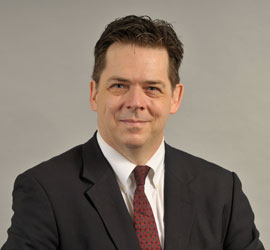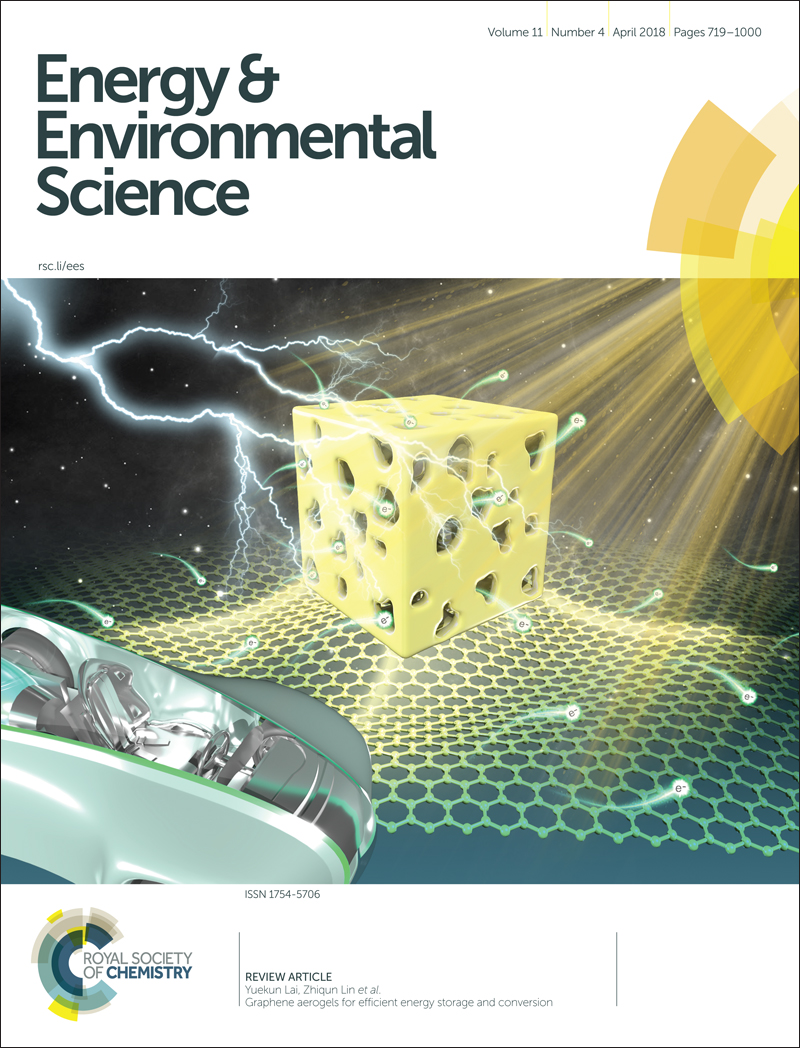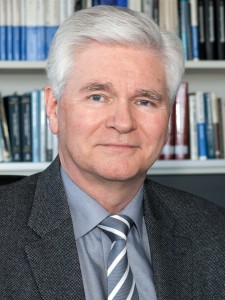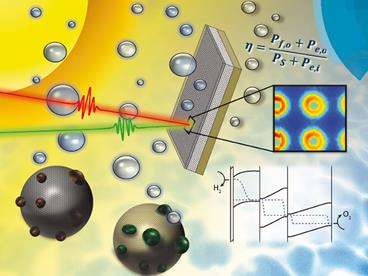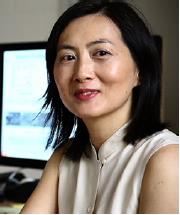We are delighted to introduce the newest member of the Energy & Environmental Science Editorial Board, Professor Jaephil Cho.
Jaephil Cho is a UNIST Distinguished Professor in the Department of Energy & Chemical Engineering at Ulsan National Institute of Science & Technology (UNIST). He also served as a Director of the Battery R&D Center at UNIST, which conducts industry-oriented R&D collaborations with LG EnSol, Hyundai Motors, Samsung SDI, and SK On.
After receiving his PhD degree in Ceramic Engineering at Iowa State University in Ames, USA, in 1995, he was a post-doctoral research associate in the Department of Materials Science & Engineering at Georgia Institute of Technology in Atlanta, USA until 1996. After working for Samsung SDI for cathode materials development, focusing on Ni-rich and Mn-rich oxides, for 6 years until 2002, he joined as an Assistant Professor at Kumoh National Institute of Science and Technology and Hanyang University in Korea until 2008. In 2009, he became a UNIST Professor. He was a director of the Samsung SDI- UNIST Future Batteries Research Center between 2013 and 2021 and was a Member of the Presidential Advisory Council on Science & Technology of the Republic of Korea from 2016 to 2017.
His current research is focused mainly on electrode materials, cell design, interfacial characterizations, full cell manufacturing of Li-ion, all solid state, and Li batteries. He has published over 400 papers, with a h-index exceeding 120, and has also published over 150 patents and patent applications.
Read some of Jaephil’s recent work in EES:
High energy density anodes using hybrid Li intercalation and plating mechanisms on natural graphite
Please join us in welcoming Professor Jaephil Cho to the Energy & Environmental Science Editorial Board!


